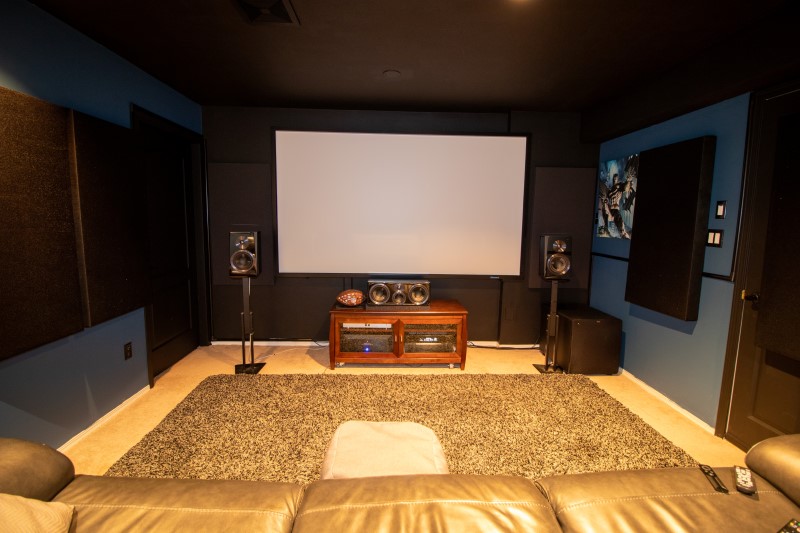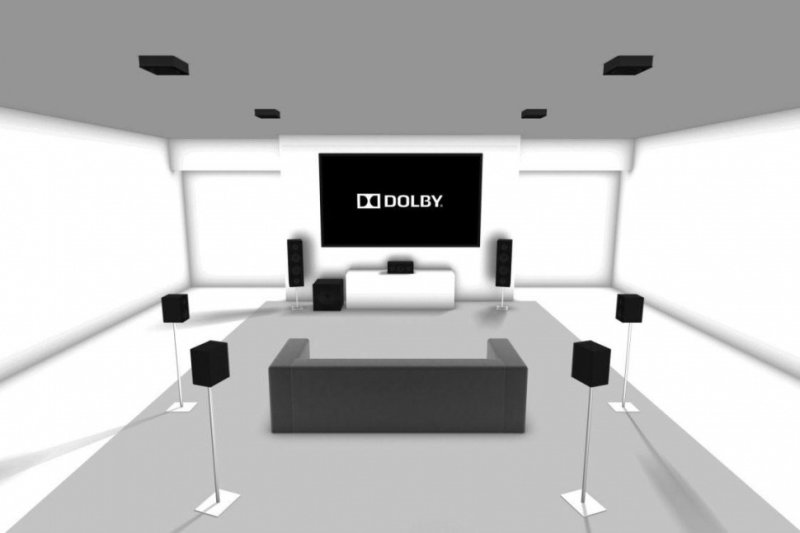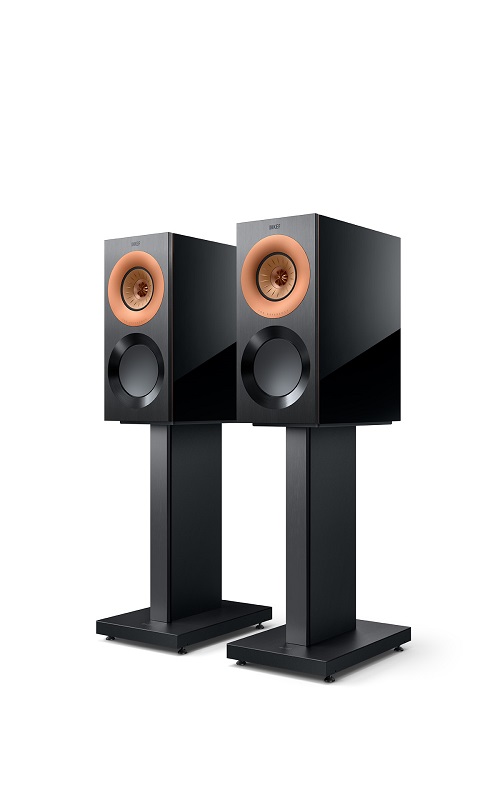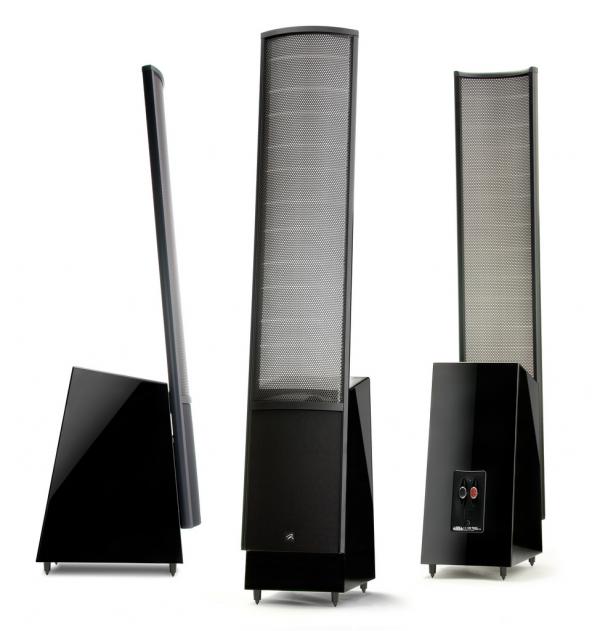All My Speakers Are In the Ceiling! What Do I Do?
Some homes come with an installed home theater. If you are lucky, you can get the previous owner (or builder) to show you how everything works. If you are unlucky, you end up with connections in the walls (or worse, loose wires hanging from open holes) and no idea what to do with them. After you identify which wire goes to which speaker, you’ll need to decide how to use them. Unfortunately, many people install all their speakers in the ceiling. This gives them the “clean” look they were going for but isn’t very good for convincing surround sound. So, what do you do with these speakers?
Use What You Have
If you’ve checked out the Dolby diagrams for placing speakers, you know that there are two “layers” of speakers in a modern home theater: Floor-level and in-ceiling. The floor-level speakers provide most of the sound with the in-ceiling speakers providing the overhead “Atmos” effects. With all your speakers being in the ceiling, this obviously limits your ability to have two layers. At least if you don’t want to change anything.

There are two possible reasons you ended up with speakers in your ceiling. Either it was the demand of the owner or, more likely, the contractor/designer thought it was what most people would want. Either way, your main floor-level sounds shouldn’t be coming from the ceiling. But, if you want to try it out before moving on to the next step, all you’ll need is an AV receiver. You should have three speakers above your TV and at least two above your couch.
Add Front Speakers
You’ll probably find that the front speakers sound weird coming from the ceiling. It is likely that the speakers don’t have the best fidelity. Whatever your reason, you’ve decided to add floor-level speakers to the front of your room. As your couch sits in the middle of the space, you can’t see a way to get floor-level surrounds. So, what do you do?

We’d suggest adding three front speakers (front left/center/right) and using the left and right speakers in your ceiling as front heights (or top fronts depending on their angle from your seat and how you label them). You can use the already installed surround speakers as is. They likely will still sound pretty good. But getting the front speakers down to floor-level will make your system sound much better. The front height speakers? Well, they are already installed so why not use them? Just don’t expect them to add a lot to the experience.
Adding Full Floor-Level Speakers
If you decide to add all the floor-level speakers, you can then use the overhead speakers for Atmos. We are going to have to be a little careful here. Depending on where those speakers were placed in the ceiling will dictate how many of them you will use. The center speaker at the front of the room will not be used. Neither Atmos nor DTS:X will play any sounds through it. But the others we can use.


Generally, we suggest that you use the front left and right speakers for either front height channels or top fronts. Your surround speakers (either surround or surround back) can be used for top middles or rear heights. Given the option, label them as top fronts and rears rather than front heights and top middles. This is because of how DTS uses overhead speakers.
But what if you have both surrounds and surround back speakers in your ceiling? Could you use both and have six overhead speakers? Most of the time we’d say no. Usually, the surround and surround back speakers are far too close together in systems we’ve seen installed in a ceiling. If there isn’t at least five feet between your surround and surround back speakers, they are too close for proper sound separation. Pick the pair that is better positioned and use them.
How to Add Floor-Level Speakers
Most people opt for in-ceiling speakers because they don’t want to see their speakers. Adding freestanding speakers to such a room often is met with resistance. The obvious solution is in-wall speakers or maybe on-wall. There are lots of options out there and many that sound very good. If you can’t install in-walls or on-walls, look for speakers that meet your aesthetics. Sure, you might pay more, but if they allow you to have floor-level speakers, it is worth it.



Don’t Forget about the Subwoofers
Lastly, don’t forget about adding a subwoofer. They provide the bass all the rest of your speakers can’t. Yes, there are in-wall options, but we generally don’t like them. They are overpriced and they underperform. Plus, they are a nightmare to get in and out of the wall if you have an issue. Instead, look for ways to hide your subwoofer.
Wrap-Up
You may be looking at your in-ceiling speakers as a waste. But they are really a blessing in disguise. You now have your Atmos speakers already installed (plus an extra speaker if one of the others breaks) and get to shop for better floor-level speakers.


